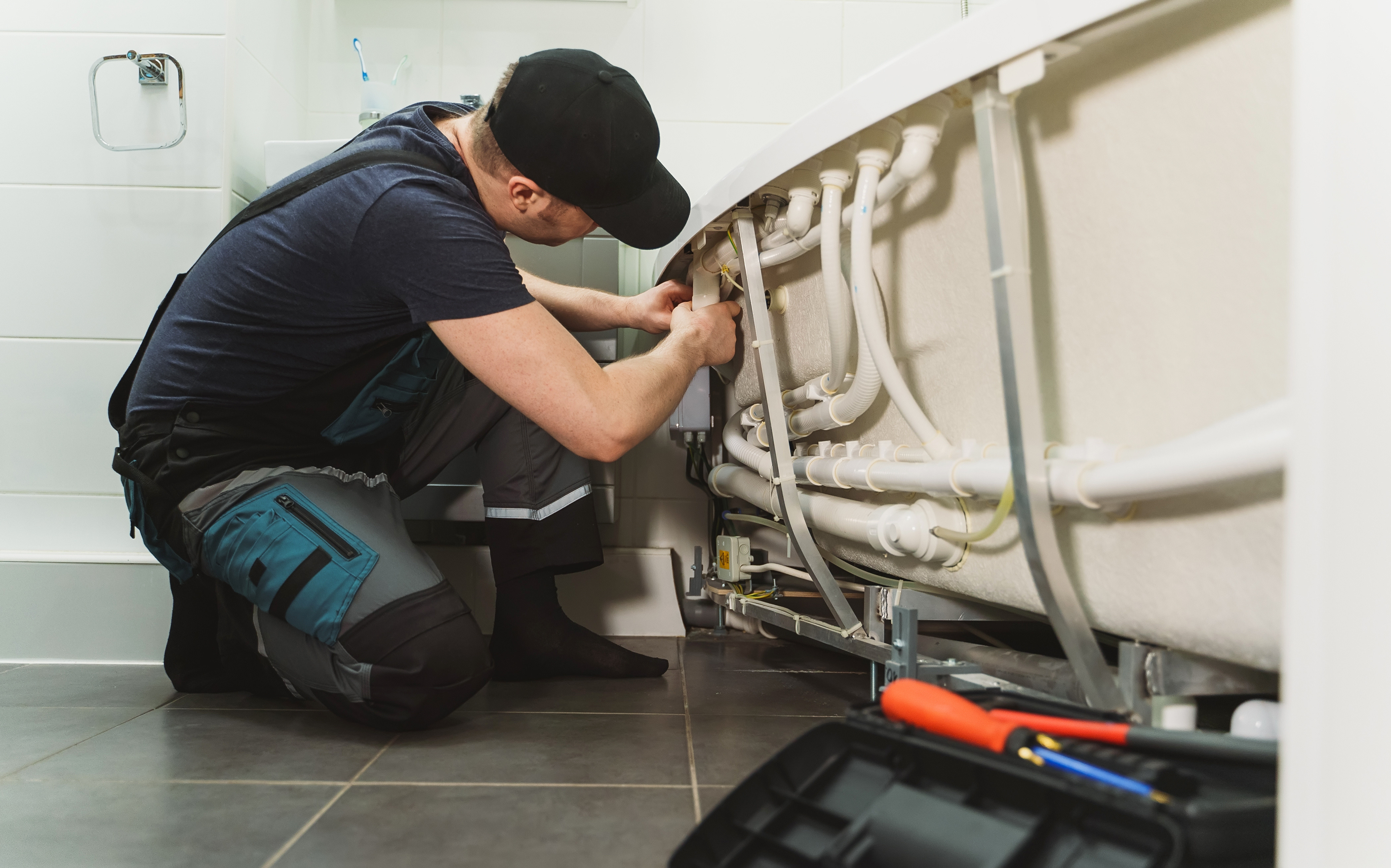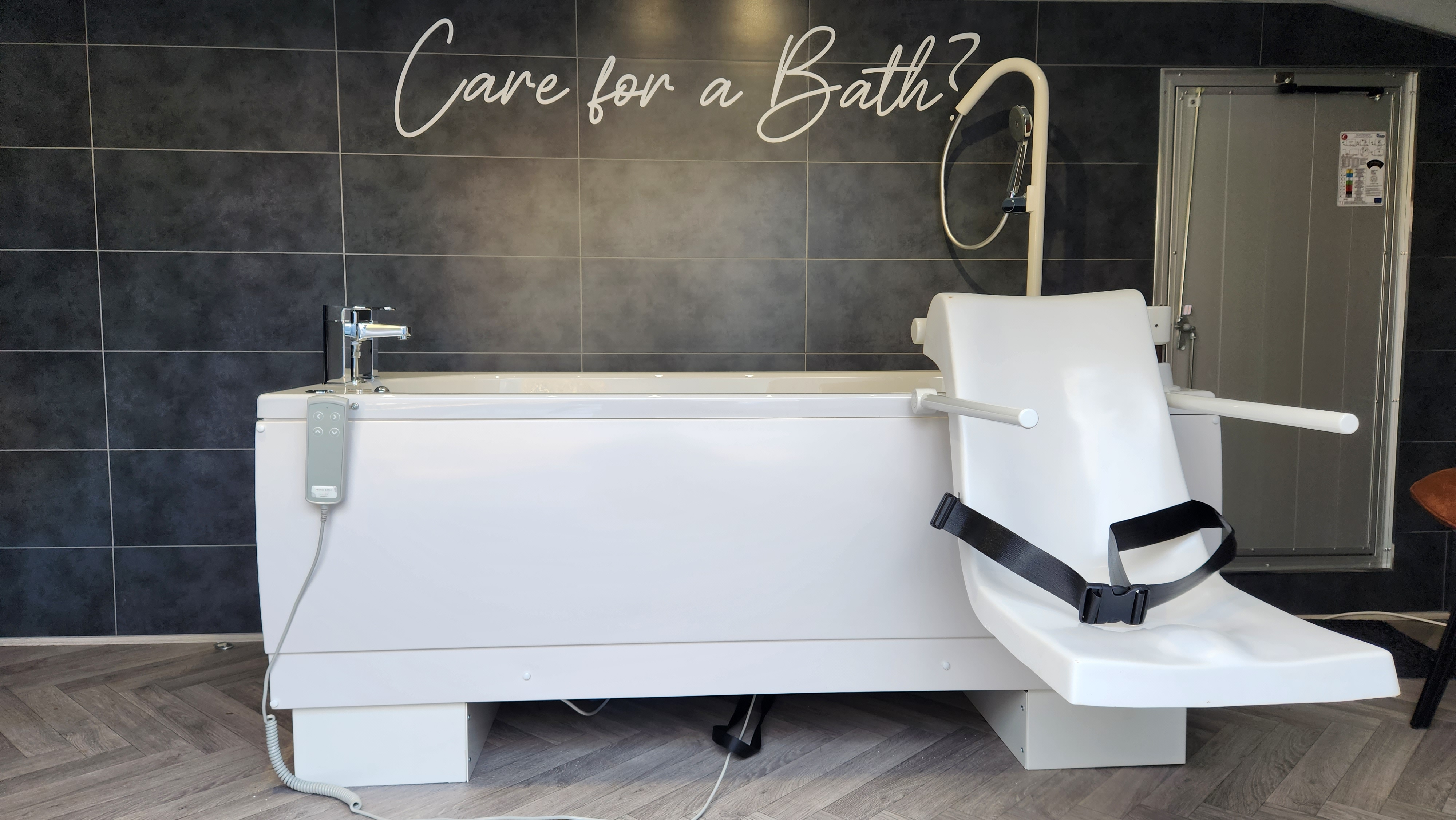In the bustling environment of a care home kitchen, cleanliness isn't just a nicety—it's a necessity. From the moment you begin chopping vegetables to the final dish served, every step demands the highest hygiene standards. Navigating the intricacies of maintaining such standards in catering can be overwhelming. Fortunately, with the right supplies and a proactive approach, you can create a kitchen with catering equipment that not only meets compliance but also ensures the safety and wellbeing of residents.
Key Takeaways
-
Importance of stringent cleanliness in care home catering
-
Essential care home kitchen cleaning supplies for maintaining hygiene
-
Choosing the right suppliers for care home consumables
-
Tips to ensure compliance with health and safety regulations
Why cleanliness is crucial in care home kitchens
Safety in care homes begins in the kitchen. From potential cross-contamination to the spread of illnesses, the kitchen can either be a stronghold of health or a point of vulnerability. Regulatory bodies place heavy emphasis on hygiene to protect the residents' wellbeing. For care home managers and chefs alike, understanding the gravity of kitchen cleanliness is the first step towards ensuring a safe and healthy environment.
When serving a group of vulnerable individuals, it becomes imperative to eliminate any risk factors that might compromise their health. Even minor hygiene lapses can lead to significant consequences, ranging from food poisoning to the spread of infections. Cleanliness directly impacts not just health outcomes but also the overall quality of life for care home residents.
Having a clean kitchen space also fosters a better working environment for staff. A clutter-free, sanitary workspace contributes to efficiency and helps prevent accidents and errors. When care home staff can work comfortably, it translates into better care and service for the residents.
Common issues faced by care homes in maintaining cleanliness
Operating a care home kitchen presents a unique set of challenges. The multifaceted nature of care homes means balancing a myriad of responsibilities while maintaining impeccable hygiene standards. Recognising these challenges is the first step towards addressing them effectively.
One common issue is inadequate training and staff awareness. Without proper training, staff may overlook critical aspects of cleanliness. They might not know the importance of using specific cleaning agents or the correct procedures for sanitising high-touch areas. Regular training and updates on best practices can bridge this gap.
Another challenge is the sheer volume of tasks. Between meal preparation, serving, and cleaning, staff can feel overwhelmed. This can lead to shortcuts or skipped steps in the cleaning process. Implementing a structured cleaning schedule that distributes these tasks evenly throughout the day can help manage the workload and ensure nothing is missed.
Budget constraints also play a significant role. High-quality cleaning supplies may seem expensive, leading some care homes to opt for cheaper alternatives that don't perform as well. However, investing in superior products can actually save money in the long run by reducing the likelihood of health issues and the need for remediation.
Moreover, care homes must navigate the complexities of compliance with stringent health and safety regulations. Keeping up with these can be daunting without a dedicated resource or consistent checks.

What to look for in a supplier for care home catering consumables
Choosing the right supplier for care home consumables can make or break your kitchen's cleanliness regime. It’s not just about buying products; it’s about ensuring they meet the high standards required in a care home setting.
First and foremost, reliability is key. The supplier must be dependable, consistently delivering quality products on time. Frequent delays or inconsistent quality can disrupt your cleaning schedules and compromise kitchen hygiene. Look for suppliers with strong reputations and positive testimonials.
Secondly, compliance with regulations is non-negotiable. Your supplier should provide products that adhere to health and safety standards. This ensures that the cleaning agents and tools you use don’t just superficially clean but effectively sanitise surfaces and equipment. They should supply data sheets, risk assessments and COSHH information to help staff navigate the tricky path of compliance and CQC requirements.
Cost-effectiveness is another crucial factor. While it might be tempting to go for the cheapest option, consider the value for money. Sometimes spending a bit more on high-quality consumables can save you from bigger expenditures down the line due to health issues or regulatory fines. Aim to strike a balance between cost and quality.
Additionally, look for suppliers who offer support and training. A good supplier won't just drop off products; they'll educate your staff on the best usage practices, ensuring you get the maximum efficacy from each product. This can include on-site demonstrations or online resources, significantly enhancing your cleaning processes.
Lastly, sustainability should not be overlooked. Choose suppliers with eco-friendly options. This isn’t just good for the environment but also appeals to increasingly eco-conscious stakeholders. Biodegradable cleaning supplies, for example, can be just as effective while reducing your carbon footprint.
Essential Cleaning Supplies for Care Home Kitchens
Stocking your care home kitchen with the right cleaning supplies is essential for maintaining hygiene standards. A well-equipped kitchen can prevent contamination and create a safe environment for both residents and staff.
Disinfectants and Sanitisers
Disinfectants and sanitisers are the backbone of any cleaning routine. These products should be potent enough to kill bacteria and viruses but safe for use in a kitchen environment. Opt for food-safe sanitisers that meet regulatory standards. Products with added fragrance can also keep the kitchen smelling fresh.
Heavy-Duty Degreasers
Kitchens are prone to accumulating grease from cooking activities. That’s where heavy-duty degreasers come in. These specialised cleaning agents can break down stubborn grease on surfaces, making them easier to clean. Using these ensures that even high-touch areas like stovetops and countertops remain spotless.
Floor Cleaners
Floor cleanliness is crucial but often overlooked. Spills and dropped food can create hazards and harbour bacteria. High-quality floor cleaners that are safe but effective can keep this issue at bay. Choose products that are suitable for tiles and other kitchen flooring materials, ensuring they offer anti-slip properties post-use.
Cleaning Cloths and Mop Heads
Disposable cleaning cloths and mop heads can prevent cross-contamination, which is vital in a care home kitchen. Microfibre cloths, in particular, are excellent for trapping dirt and bacteria. For mops, look for options that can be easily wrung out and stored hygienically.
Personal Protective Equipment (PPE)
Staff should always wear PPE, including gloves and aprons, when cleaning. This protects both them and the food they handle. Ensure that PPE is readily available and stocked regularly. High-quality, durable products can provide better protection and comfort for staff.
Waste Disposal Bags
Efficient waste management is another critical aspect. Use strong, puncture-resistant waste disposal bags to handle kitchen waste. This reduces the risk of spills and leaks, keeping the kitchen cleaner and more sanitary.
Ensuring compliance with health and safety regulations
Compliance with health and safety regulations is non-negotiable in a care home kitchen. Failing to meet legal standards can result in severe penalties and compromise resident safety. Therefore, understanding and implementing these regulations is crucial.
First, familiarise yourself with local and national health and safety guidelines. These regulations cover everything from the types of cleaning products you can use to the frequency of specific cleaning tasks. Make sure you have the latest version of these guidelines readily available.
Conduct regular audits to ensure compliance. An internal audit can help identify any lapses before they become significant issues. It's also a good idea to schedule periodic external audits by a third party, as they can provide an unbiased assessment of your kitchen’s hygiene standards.
Documentation is another critical aspect of compliance. Maintain detailed logs of cleaning schedules, products used, and any incidents or anomalies. Well-documented records can serve as evidence of your efforts to maintain cleanliness, should you need to demonstrate compliance during an inspection.
Finally, fostering a culture of transparency and responsibility among staff can significantly aid compliance efforts. Encourage staff to report any issues or concerns related to kitchen hygiene openly. Promptly address these concerns to prevent minor issues from escalating.
Keeping a care home kitchen clean involves a meticulous approach to selecting the right supplies, implementing effective cleaning routines, and ensuring stringent compliance with health regulations. From disinfectants and degreasers to reliable suppliers and a dedicated cleaning schedule, each element plays a crucial role in maintaining a sanitary and safe environment. Click here to see our full range of catering products


